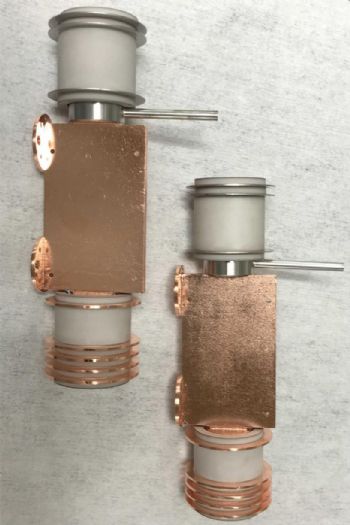
Travelling-wave tubes (TWTs) are a type of vacuum tube critical for many high-performance applications, and for decades, their ability to efficiently amplify high-frequency signals across wide bandwidths has ensured reliable, long-range communication and radar capabilities, but due to their complex design and the precision needed for reliable operation TWTs require highly specialised and labour-intensive manufacturing processes. Indeed, producing a single unit can take up to 18 months — a situation that has constrained supply, increased costs, and limited broader adoption in both defence and commercial markets.
Supported by Small Business Innovation Research (SBIR) programme funding at
DARPA (the US’s Defense Advanced Research Projects Agency),
Elve — a deep-tech hardware manufacturing startup based in California — has developed a new approach to TWT manufacturing. A a novel additive manufacturing (AM) process called layered additive multi-material manufacturing — digitised (LAM3D), this reduces TWT production times from over a year to just a matter of weeks.
The LAM3D process combines AM techniques with advanced inspection and alignment features to fabricate TWT circuits ‘with unprecedented speed and precision’, not only shortening production timelines but also reducing costs. Elve also demonstrated the ability to generate and optimise TWT designs in under 2hr (this process that normally requires significant engineering effort and time) across Q-band (33–50 GHz), V-band (40–75 GHz), and E-band (60–90 GHz) frequencies — frequency bands that are critical for advanced communication and radar technologies.
Dr David Abe, programme manager overseeing Elve’s work in DARPA’s Microsystems Technology Office, said: “TWTs are an excellent solution for many modern RF applications, but years-long development and procurement cycles have made them difficult to design into practical, scalable systems. The innovation demonstrated by Elve with DARPA support is a game-changer for both defence and commercial sectors, with the potential to unlock new possibilities for TWTs that were previously impractical.”